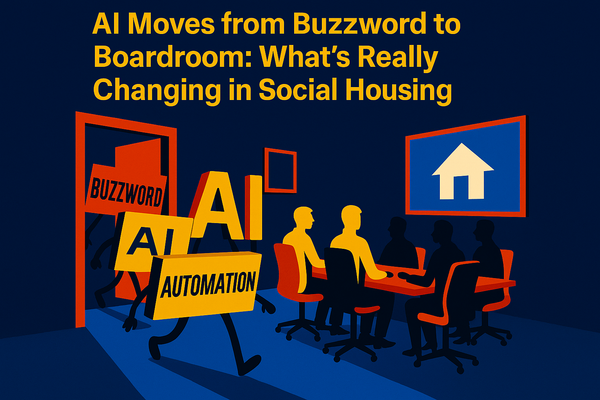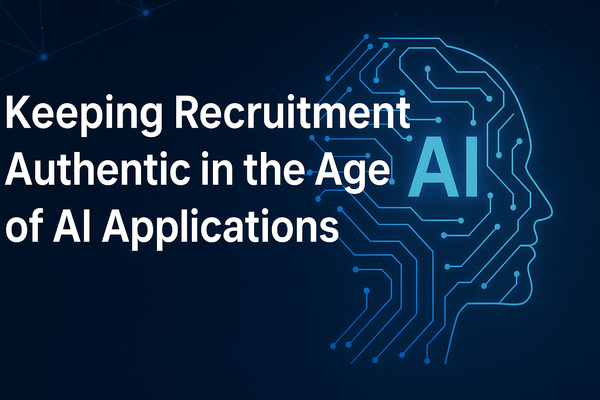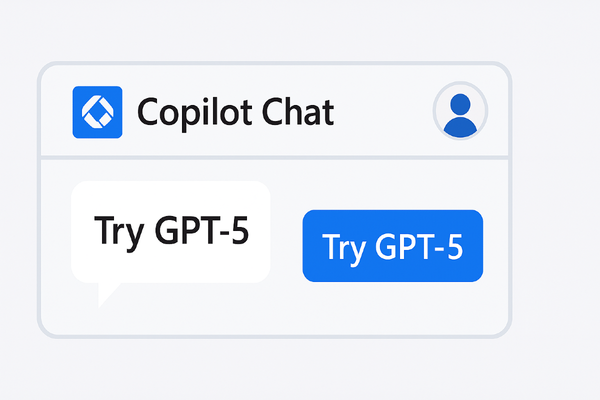✅ Awaab’s Law Series (5 of 5) What ‘Good’ Looks Like
Bringing systems, people, and process together for lasting change

Awaab’s Law has made one thing brutally clear: doing the bare minimum is no longer enough.
Tenants now have legal protection against being passed from pillar to post. If a damp or mould report is made, action must be taken, and proven. But while the headlines focus on response times, the real test is deeper:
Are we joined-up across teams?
Are we acting on risk, not just chasing tickets?
Can we evidence action without digging through inboxes?
If the answer to any of those is “not really” — this final blog in our series is for you.
🧩 It’s Not Just About Tools — It’s About How You Operate
In Blog 4, we looked at the AI tools that can make a difference.
But as many landlords have discovered the hard way, tech doesn’t fix bad culture, broken workflows, or siloed teams.
So, what does “good” look like when all the elements are working in sync?
👥 People: Empowered, Clear, and Aligned
The best-performing landlords aren’t just hiring great people — they’re setting them up to succeed.
✅ Clarity on roles and responsibilities
Everyone knows who does what — whether it’s damp inspections, complaint responses, or works ordering. No gaps, no duplication.
✅ Shared training across departments
Teams involved in disrepair, compliance, and repairs understand each other’s worlds. This speeds up decision-making and reduces finger-pointing.
✅ A culture of doing the right thing
Leaders model urgency and empathy. Staff don’t feel they’ll be punished for flagging problems early — in fact, they’re encouraged to.
✅ Residents are treated as partners
Tenants aren’t labelled ‘vexatious’. They’re recognised as experts in their own homes — and critical to early problem spotting.
🔧 Process: Joined-Up and Transparent
Here’s what we see in organisations that are making real progress:
✅ Process maps are visible and owned
End-to-end process flows aren’t hidden in a drawer. They’re reviewed, improved, and communicated.
✅ Cases flow logically
When a tenant reports a problem, it flows through triage, inspection, action, and feedback with no need for chasing or restarting.
✅ Escalation routes are clear and used
If a case isn’t moving, escalation happens automatically. No one waits for a complaint to be lodged before acting.
✅ Disrepair and complaints teams have full context
They don’t need to ask tenants for the same details three times. The audit trail is accessible and up to date.
🖥️ Systems: Connected and Insight-Driven
Too many housing providers are held back by fragmented systems.
In contrast, the ones pushing ahead share a few key features:
✅ Single source of truth
Repairs, assets, complaints, surveys — all tied together. Staff can see the full picture in one place.
✅ Smart workflows
Tasks trigger automatically — from diary bookings to legal notifications. No gaps, no delays.
✅ Live dashboards
Managers don’t wait for end-of-month reports. They can see issues brewing in real time and intervene early.
✅ AI used with purpose
Not gimmicks — but tools that surface risk, prioritise work, and free staff to focus on residents.
🚩 Red Flags That ‘Good’ Isn’t Happening Yet
Even well-intentioned organisations fall into traps.
If any of these sound familiar, now’s the time to act:
- Staff escalate issues informally, not through the system
- Residents are told “we can’t do anything until X team has looked”
- You need to chase different teams to compile the audit trail
- A compliance breach becomes apparent only after a tenant’s solicitor flags it
- The Ombudsman knows more about the property than your own system does
✅ The New Standard: Acting Before You’re Told
That’s what Awaab’s Law is really asking of the sector — don’t wait for a complaint, don’t wait for a letter before action, don’t wait for a tragedy.
Instead:
- Spot the signs
- Join the dots
- Act without delay
- And prove it
Where AI Fits Into All This
AI isn’t a silver bullet. But it’s a powerful amplifier of good systems and cultures. It:
- Highlights gaps in data
- Prioritises the real risks
- Flags inconsistent processes
- Offers insight — but doesn’t replace judgement
Used wisely, it lets your people focus on what they do best: fixing homes, supporting tenants, and preventing harm.
Final Thought: Be the Organisation That Sets the Standard
There will always be providers who lag behind.
Be the one that sets the pace.
It starts with systems that talk, people who care, and processes that work.
AI can support all three — but it’s what you do with it that matters.
📬 Thanks for following the series
To revisit the earlier posts or subscribe for future AI and housing insights:
👉 Visit www.socialhousing.ai



